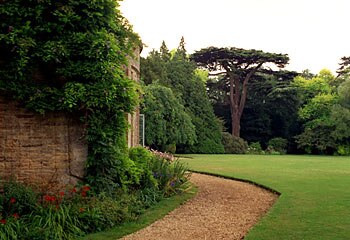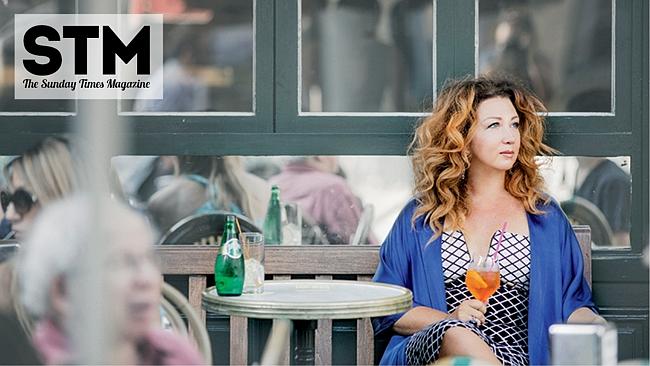To the manor haunted
IT'S dour and creaking, but film companies love Chavenage. Jenny Stevens visits a stately English house where ghosts feel right at home.

DAVID Lowsley-Williams is proud of his ghosts. He tells their stories with relish, savouring the treachery and intrigue that is forever linked with the manor of Chavenage.
In this idyllic corner of the Cotswolds, in rural England, where royals are neighbours and pedigree counts, having a ghost with impeccable lineage goes with the territory.
Chavenage's most famous ghost first appeared after the lord of the manor, Colonel Nathaniel Stephens, voted to impeach Charles I following the Civil War in 1641-45.
Soon after the king was beheaded, Stephens also died, and his ghostly form was driven away from Chavenage House by a headless coachman wearing royal vestments. From then on, so the story goes, the king's ghost came to collect the head of the family on his death, until the line died out in 1793.
The current family have a better relationship with royalty, headless and otherwise.
Queen Mary planted a commemorative tree; the Princess Marie Louise, a grand-daughter of Queen Victoria, was a frequent visitor; and near-neighbour Prince Charles once stood under the grand, 14th-century cedar tree on the lawn and gave David Lowsley-Williams heart palpitations, imagining the ancient branches falling on the heir to the throne.
Lowsley-Williams, too, is getting on in years, but delights that you can still look towards Salisbury Plain from Chavenage and not see a single man-made object to the horizon.
In an age when large piles are being re-invented as boutique hotels, Chavenage remains a family home (albeit one with 15 bedrooms) rather than merely a showpiece.
Its Elizabethan features are virtually untouched: glass from former churches and monasteries, timbers from old galleons broken up on the nearby River Severn, and 370-year-old tapestries.
Old, creaking and dour it may be to modern eyes (there's even a skull on display that was found in the garden), but film and TV companies come calling whenever they need a spot of authenticity.
Barry Lyndon, The Barchester Chronicles, The Ghost Of Greville Lodge and The Mysterious Affair At Styles (a Poirot mystery) number among its credits.
Lately, it has hosted one of the BBC's Stately Suppers, and was under discussion during our visit for the BBC's new production of Dracula.
Lowsley-Williams happily admits Chavenage "pre-dates splendour" and modern plumbing, noting that anyone staying in one bedroom walks 45m through six other bedrooms to reach the bathroom.
But the manor's resident ghosts feel right at home. Its most famous room – known as Cromwell's bedroom, after the Lord Protector who once slept there – is haunted.
One visitor fled in the middle of the night, walking 11km to the nearest railway station.
Little wonder, then, that the family quietly held an exorcism afterwards.
A lady in grey was seen by a lady-in-waiting to bend over the sleeping Princess Marie Louise as she slept; family dogs are restless in the main hall; and a mysterious Brother Charles has been seen praying in the beautiful little Roman Catholic chapel.
So lifelike was this ghost that the military chaplain who saw the apparition assumed he was a member of the congregation.
Not that this bothers Lowsley-Williams. He knows that ghosts bring curious visitors, and visitors keep the property afloat.
"Strange theories exist about things that did not happen," he says with relish, "and a great deal of mystery exists about curious things that did."
FOOTNOTE: Each Anzac Day, there is a memorial service at nearby Leighterton cemetery for 23 Australian and New Zealand servicemen of the Australian Flying Corps killed while learning to fly in World War I.
Chavenage had a military airstrip, and held open house for airmen. Many pictures remain on display of that era.
During World War II, a scale model of Omaha Beach, one of the D-Day landing beaches, was constructed here.
The writer was a guest of VisitBritain and Singapore Airlines.
The Sunday Telegraph



